Johnson & Johnson Elastikon Elastic Tape for Flexible Horse Bandages, 6 pk.
Johnson & Johnson Elastikon Elastic Tape allows the skin to breathe and stretches around uneven surfaces. Elastikon Elastic Tape keeps flexible horse bandages, like Vetrap and PowerFlex Bandages, from slipping down. Apply with one half of the Elastikon Bandage Tape on the horse and the other half on the flexible horse bandage wraps.
Johnson & Johnson Elastikon Elastic Tape allows the skin to breathe and stretches around uneven surfaces. Elastikon Elastic Tape keeps flexible horse bandages, like Vetrap and PowerFlex Bandages, from slipping down. Apply with one half of the Elastikon Bandage Tape on the horse and the other half on the flexible horse bandage wraps.
- Conforms to difficult areas
- Perfect for keeping flexible horse bandages, like Vetrap and PowerFlex Bandages, from slipping down
- Simply apply with one half of the Elastikon Bandage Tape on the horse and the other half on the flexible horse bandage wraps
- High twist, cotton elastic cloth tape with a rubber-based adhesive
- Designed to help provide the elasticity needed for dynamic pressure dressing
Additional information
| Lining Material | Cotton |
|---|---|
| Outer Material | Cloth |
| Package Quantity | 6 |
| Manufacturer Part Number | 6458 |

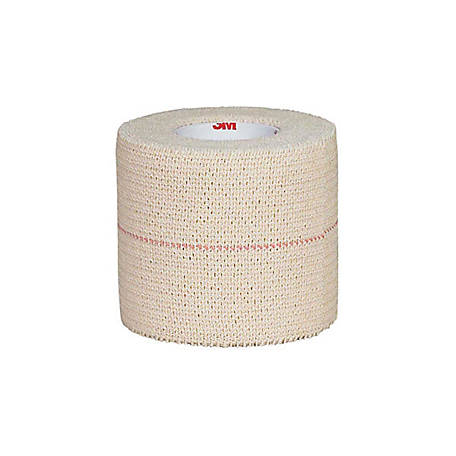
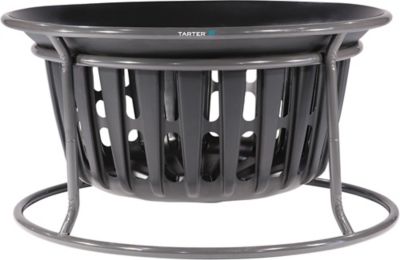



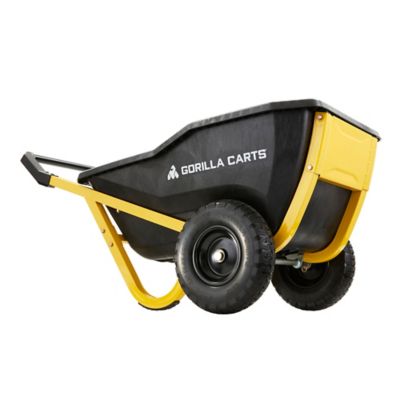
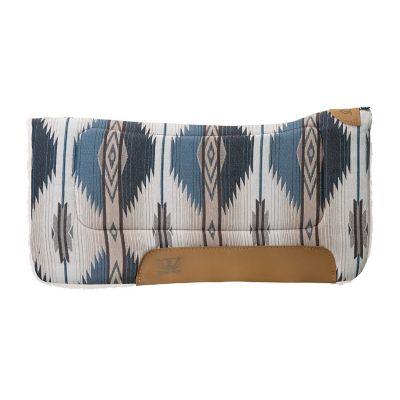
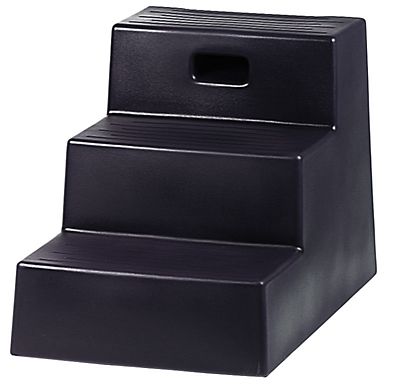
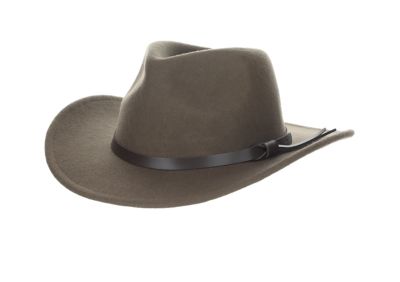
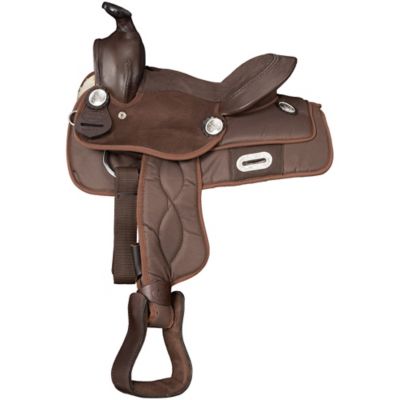
by Susan
Great product but really expensive! Worked great for wrapping a horse’s hoof. Stayed in place.
by Britty
I ha e always used electric tape for my bandages. I had a bet give me a roll of this once snd i have never gone bsck when it ckmes to keepkng a bandsge in place.
by Barb
The only tape that really sticks. Better than any others I’ve tried.
by Patricia
The product is well made and does hold the bandage in place but the product is very expensive. Especially for a disposable product.